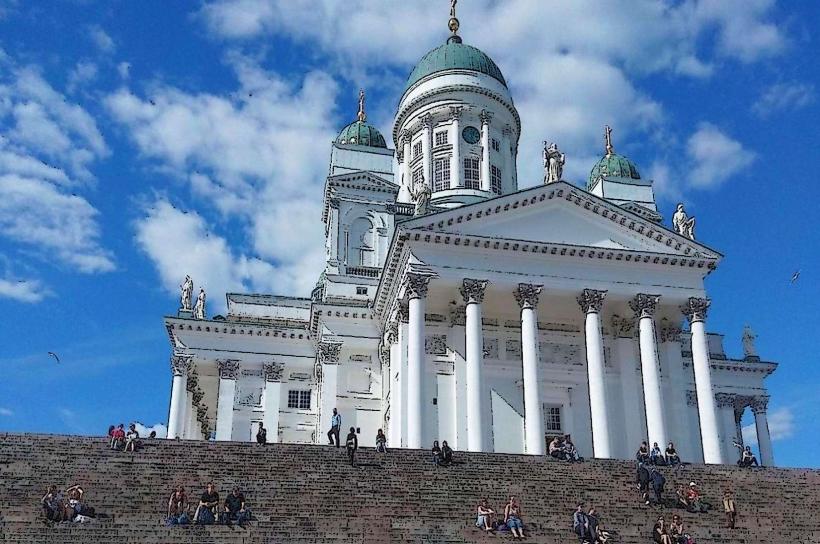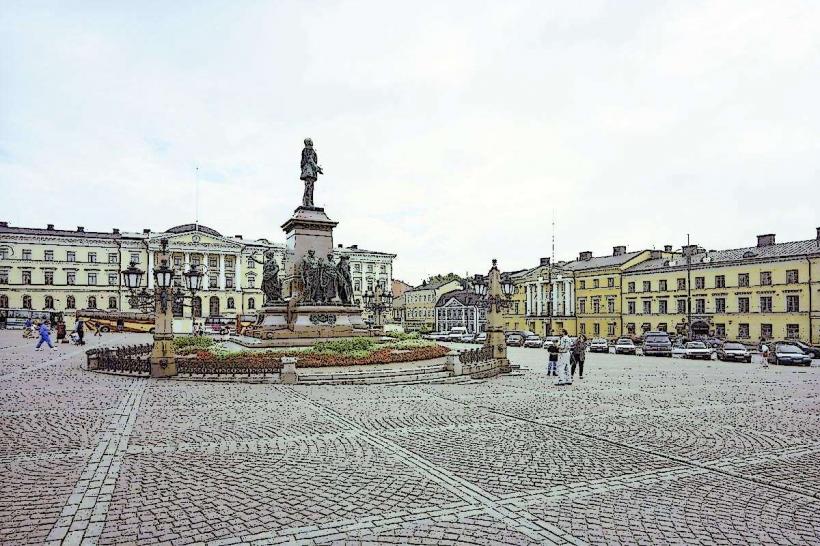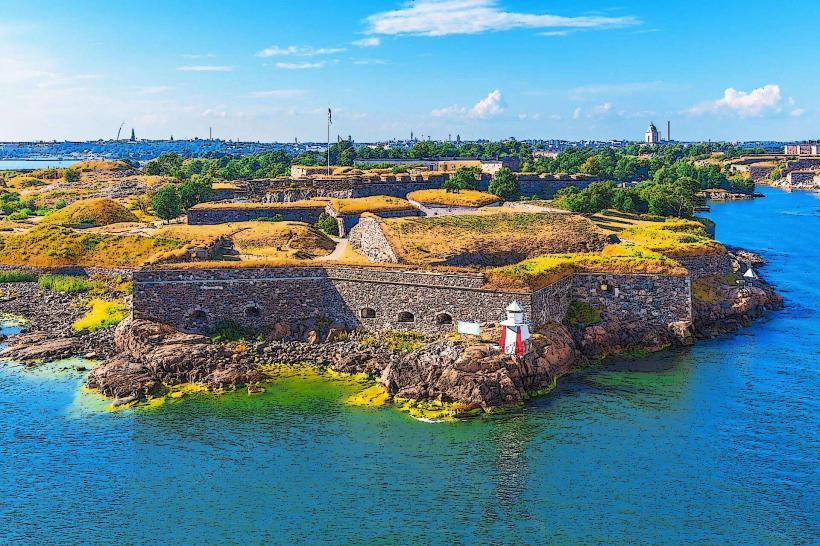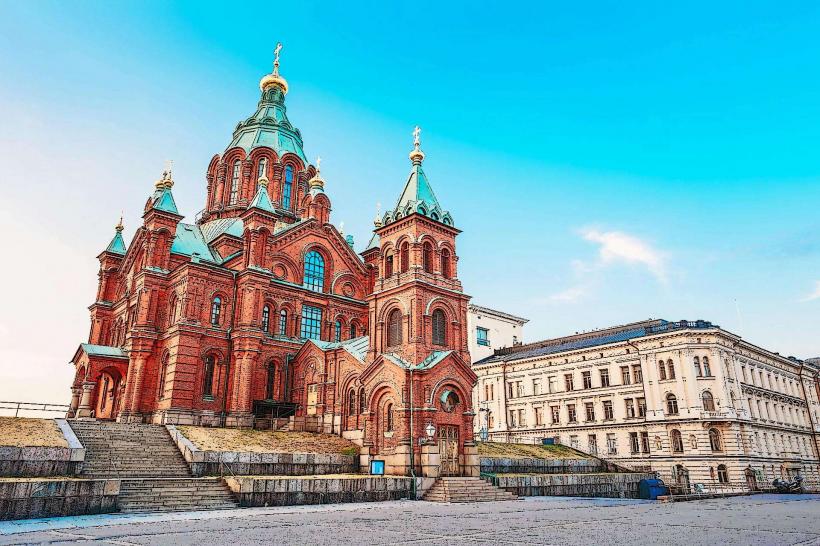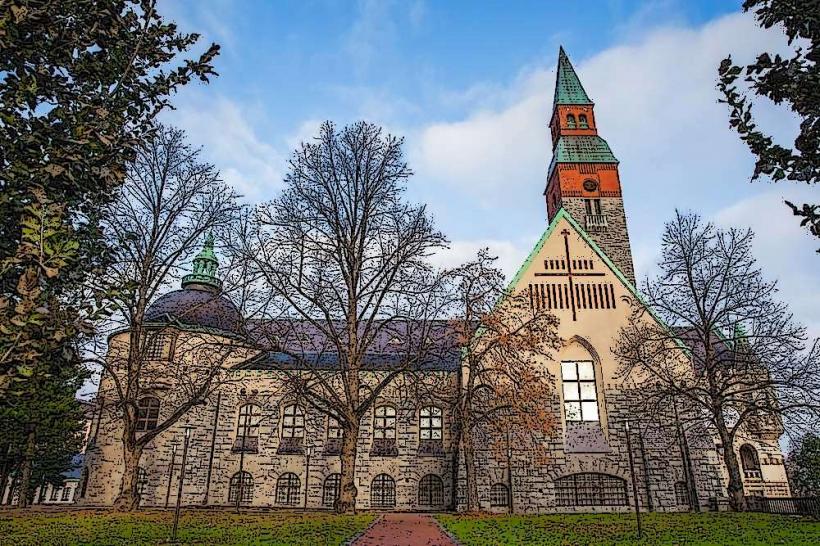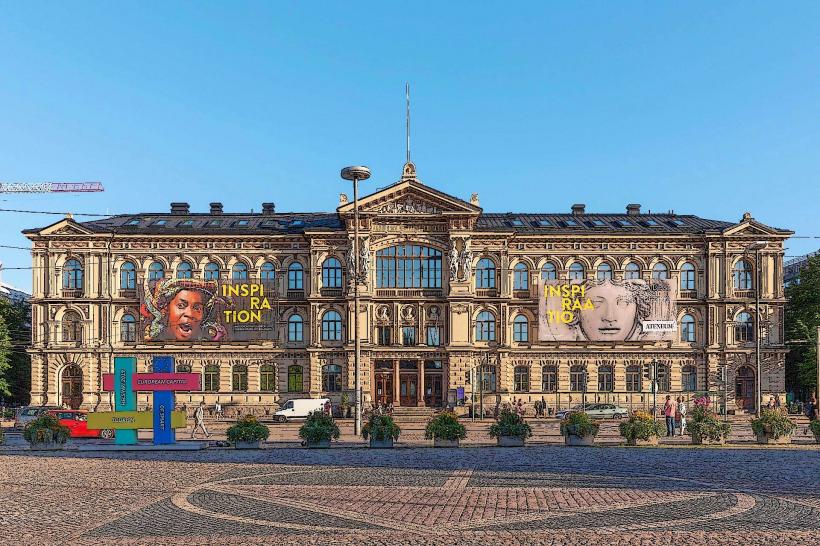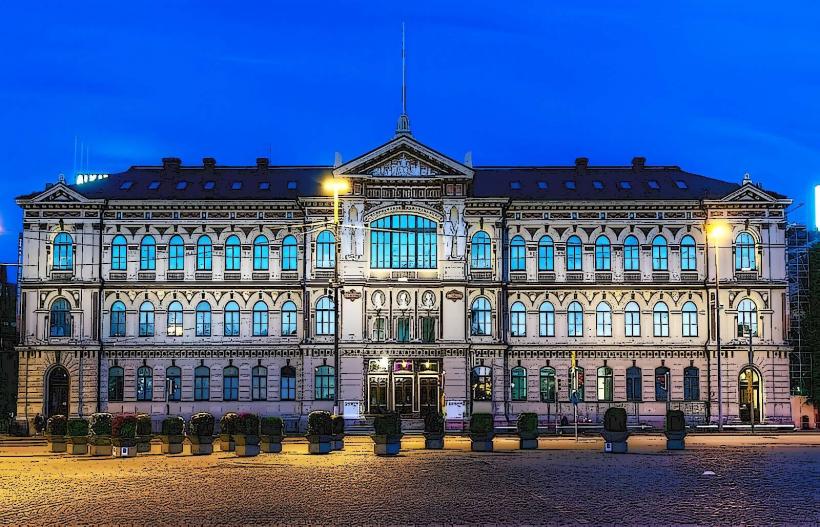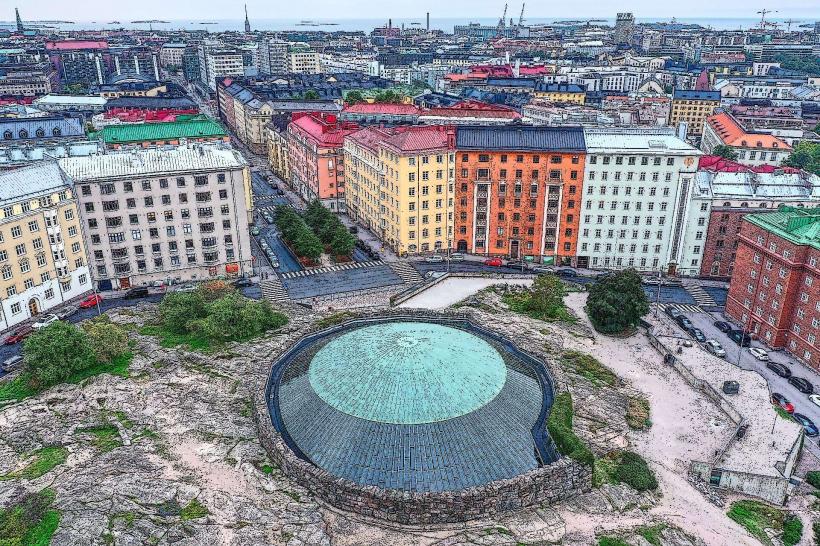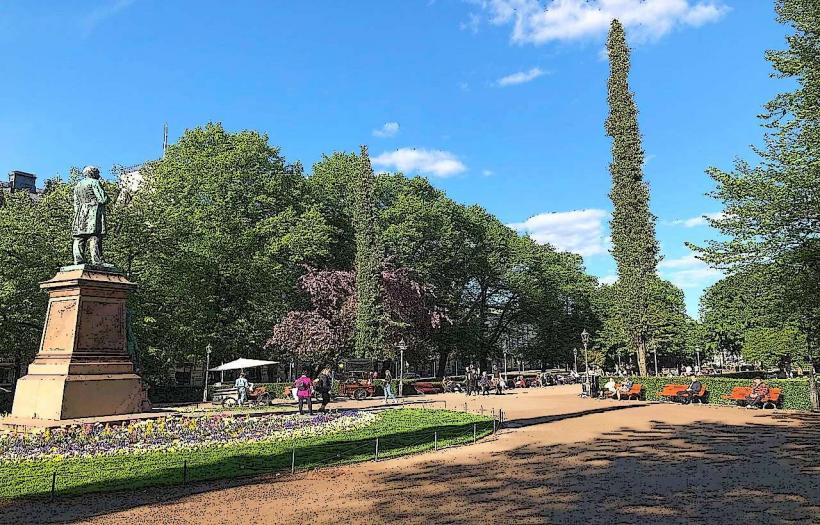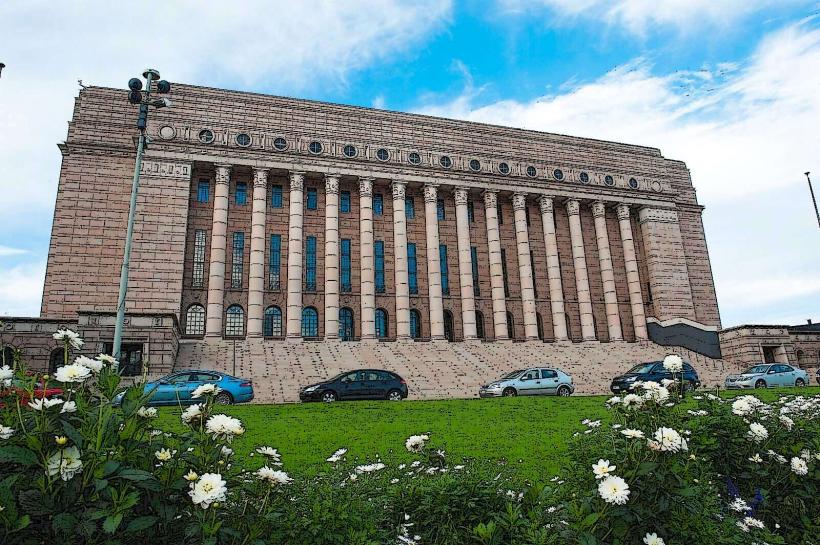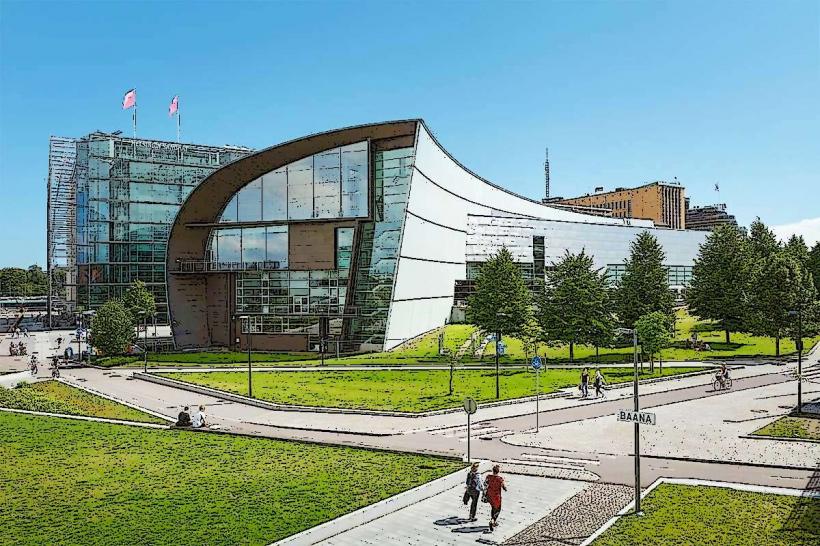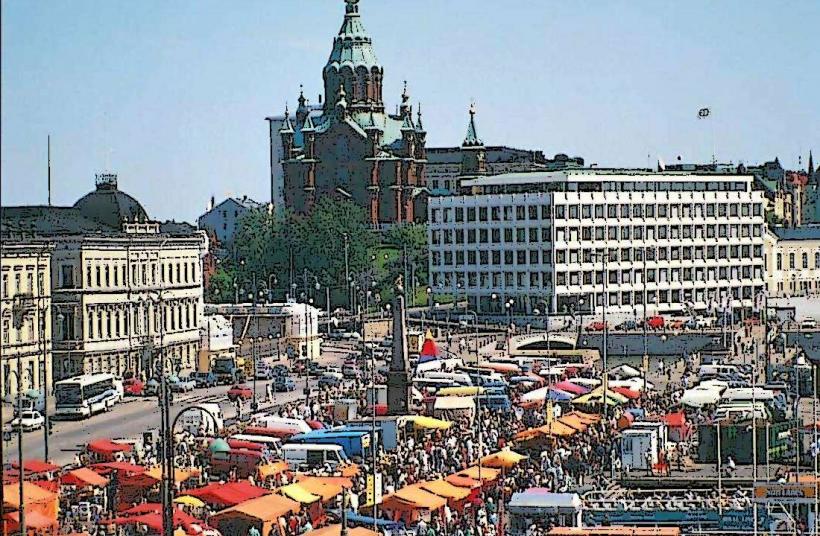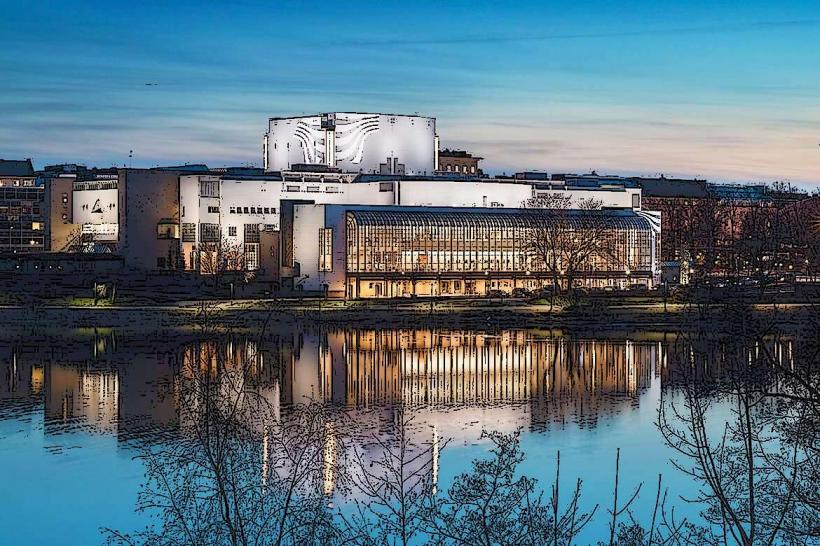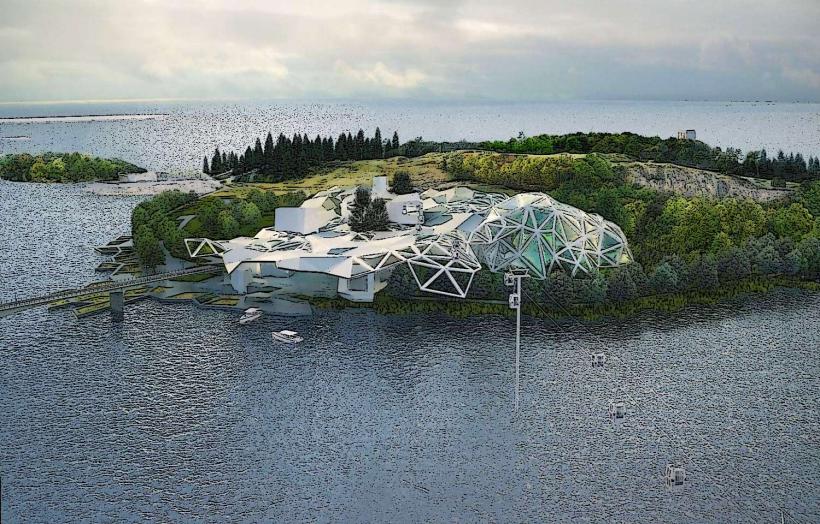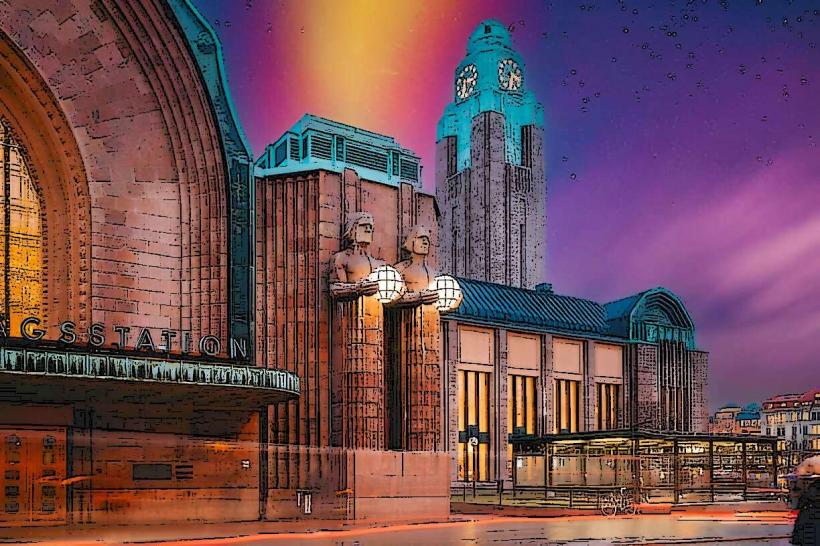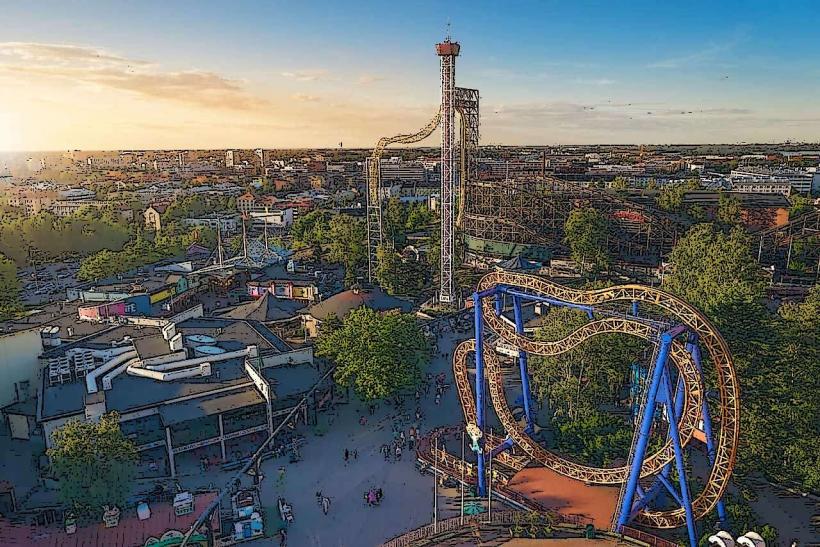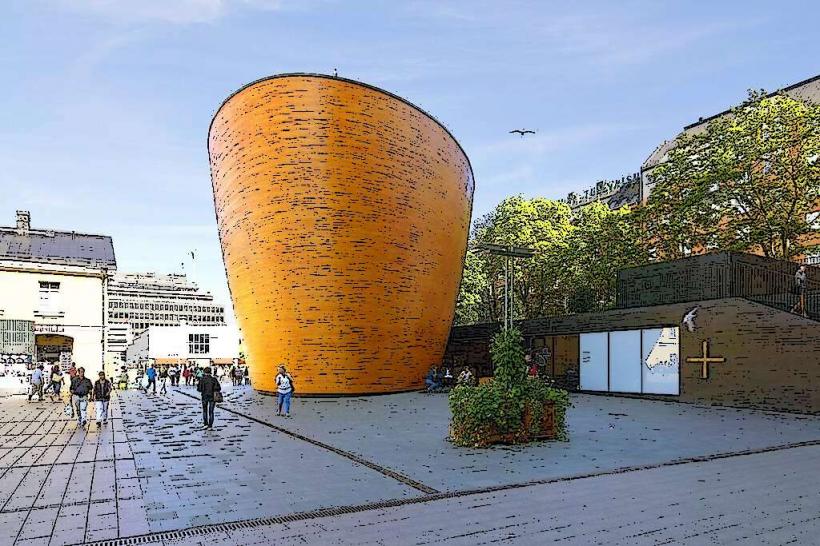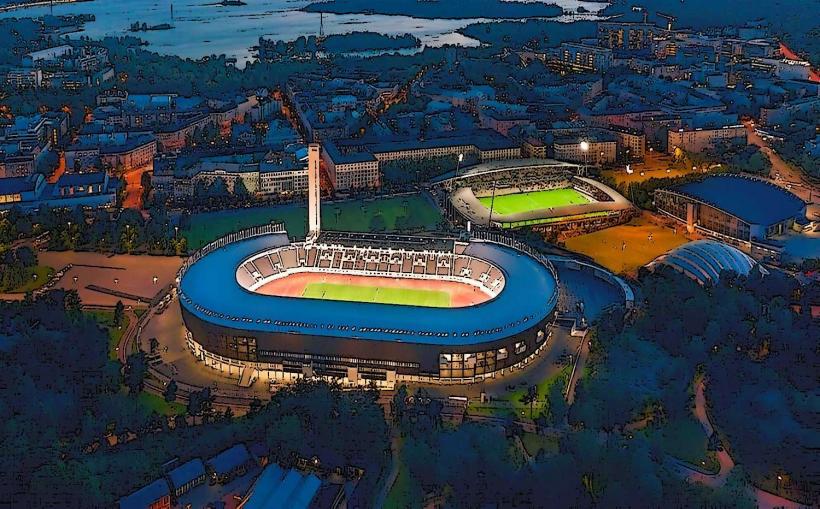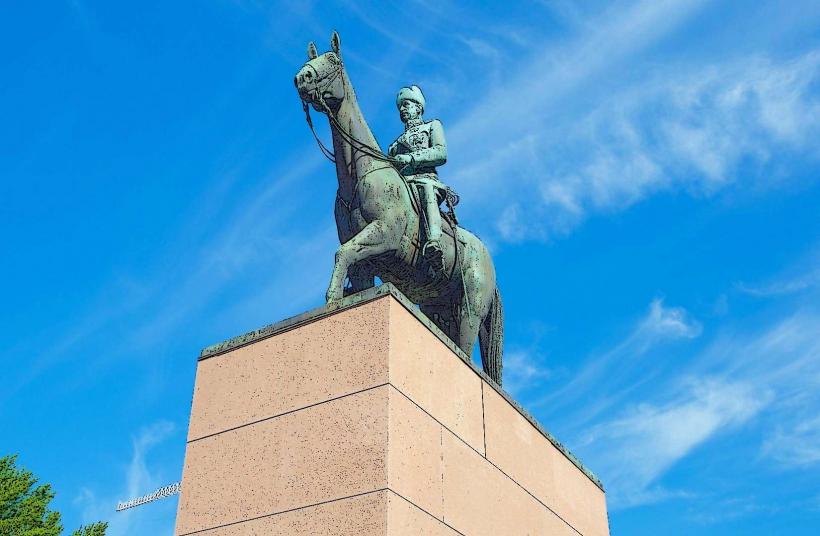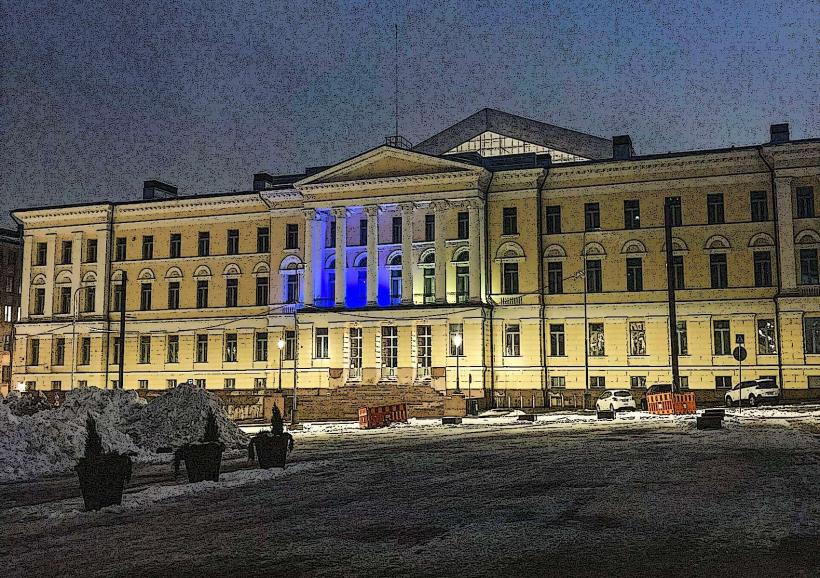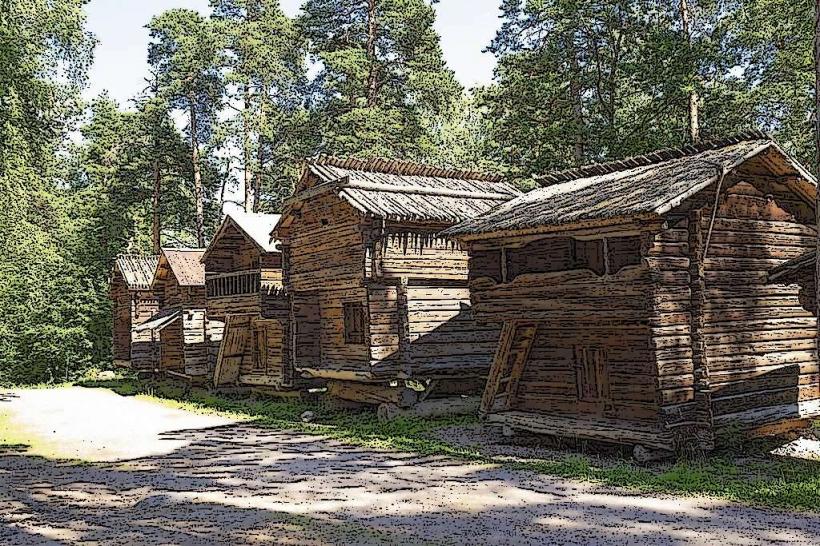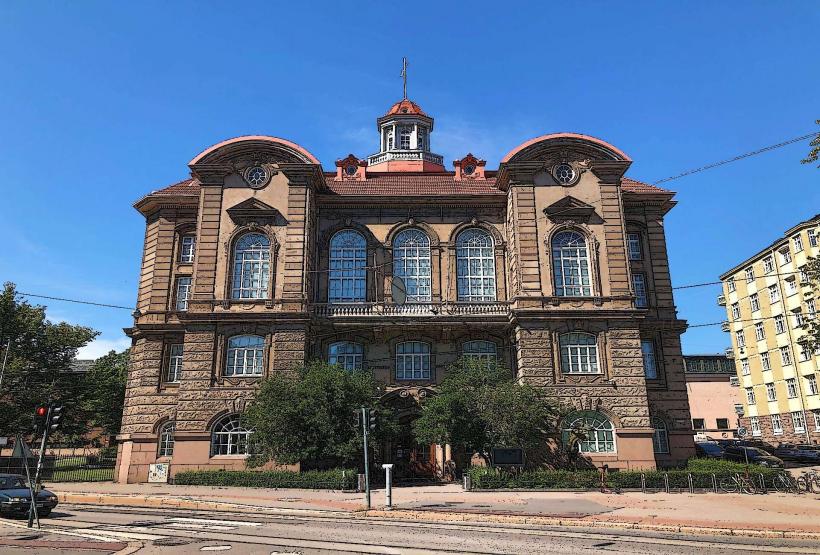Information
Landmark: Helsinki City MuseumCity: Helsinki
Country: Finland
Continent: Europe
The Helsinki City Museum (Helsingin kaupunginmuseo) is a cultural institution dedicated to preserving and showcasing the history of Helsinki, Finland’s capital. Located in the heart of the city, the museum offers a unique perspective on Helsinki's development from its founding in the 16th century to the modern metropolis it is today. Through exhibitions, collections, and interactive displays, the museum tells the story of the city's people, architecture, urban transformation, and cultural evolution.
History and Origins
The Helsinki City Museum was founded in 1909 with the goal of documenting the city's history and preserving its cultural heritage. It operates under the guidance of the City of Helsinki, and its collections cover a broad range of historical, social, and cultural aspects of life in Helsinki.
Over the years, the museum's mission has evolved to engage the public in a deeper understanding of Helsinki's history while also celebrating its contemporary developments. The museum is housed in several locations, with its most prominent venue being the Pasilan Museum Center and its main exhibition space located at the City Museum Building in the Kallio district.
Key Exhibitions and Collections
The Helsinki City Museum's collections and exhibitions are varied and provide insight into different facets of Helsinki’s past and present. They explore the city’s architectural history, urban planning, cultural life, and the lives of its citizens throughout history.
1. Permanent Exhibitions:
- Helsinki’s Story:
- This central exhibition explores the history of Helsinki from its founding as a small village to its status as a global capital. The exhibition includes a range of artifacts, historical photographs, and interactive displays that tell the story of the city's growth, significant events, and cultural milestones.
- Helsinki 1950s:
- This exhibit takes visitors back to the mid-20th century, focusing on the dramatic changes that occurred in the post-war period. It highlights urban renewal, the construction of new neighborhoods, and the development of modern Finnish design, architecture, and lifestyle.
- Helsinki’s People:
- This exhibit offers a closer look at the lives of Helsinki residents, focusing on different social classes, occupations, and living conditions. It explores how people lived in the city throughout different periods and the challenges they faced, from the working-class districts to the wealthy bourgeoisie neighborhoods.
2. Special Exhibitions:
- The Helsinki City Museum regularly hosts temporary exhibitions that delve into specific themes such as Finnish art, architecture, fashion, and popular culture. These exhibitions change periodically and bring fresh perspectives to the city's historical narrative.
- Examples of recent exhibitions include themes like Helsinki in the 1980s, Designing the Modern City, and exhibitions dedicated to famous local figures or iconic aspects of Helsinki's identity, like the Helsinki Olympics of 1952 or the City’s Modernist Architecture.
3. The Museum's Digital Archives:
- The museum also offers a vast digital archive, accessible online. It includes over 700,000 photographs, documents, and other historical records related to the city's development. This archive serves as a valuable resource for researchers and anyone interested in the history of Helsinki.
- Digital exhibitions and virtual tours also allow global audiences to explore the museum's collections remotely.
Key Features of the Helsinki City Museum
Interactive Exhibits:
- The museum places a strong emphasis on interactive learning, providing opportunities for visitors to engage with history through hands-on displays and digital tools. For example, visitors can take virtual tours of Helsinki as it looked in different historical periods and explore the city’s streets, buildings, and neighborhoods.
Historical Artifacts:
- The museum houses a significant collection of artifacts that illustrate everyday life in Helsinki across the centuries, including items such as clothing, tools, furniture, paintings, and architectural models. These artifacts provide a tangible connection to the city’s past and help bring history to life.
The Old Market Hall and Historic Spaces:
- One of the museum's highlights is the preservation of historical spaces, such as the Old Market Hall in Helsinki, which has been part of the city for over a century. The museum often organizes exhibitions around these historic locations to give visitors a feel for life in earlier times.
Helsinki’s Architecture:
- Helsinki is known for its diverse and innovative architecture, ranging from neoclassical buildings to cutting-edge modernist designs. The museum features exhibitions that explore the evolution of the city’s urban planning and architectural trends, including a look at significant buildings such as the Helsinki Cathedral, Finlandia Hall, and Kiasma Museum.
Children's Museum:
- The Helsinki City Museum is particularly family-friendly and includes a Children's Museum designed to engage young visitors. The museum's exhibits allow children to learn about Helsinki's history in an interactive and fun way, often through play-based learning and special events.
Cultural and Community Engagement
The museum plays an active role in Helsinki’s cultural life and community engagement. It organizes a variety of programs and events, including:
- Public Lectures and Workshops: The museum hosts regular events where experts give lectures and workshops on various aspects of Helsinki’s history, urban development, and cultural heritage.
- Collaborations with Local Artists: The museum frequently collaborates with local artists and designers, helping to promote the city’s contemporary cultural scene while also reflecting its historical roots.
- Tours and Guided Walks: The museum offers guided tours around Helsinki, where visitors can experience the city's history in person, learning about historical buildings, hidden gems, and the development of the city's neighborhoods.
Location and Accessibility
The Helsinki City Museum’s main exhibition space is located at Pasilan Museum Center, while the museum's visitor information center is situated in the Kallio district, making it easily accessible to both locals and tourists. The museum is well-connected by public transportation, including trams, buses, and the metro, ensuring easy access from all parts of the city.
Conclusion
The Helsinki City Museum is a must-visit for anyone interested in learning more about the city’s fascinating past. Its rich collections, interactive exhibits, and educational programs provide visitors with a comprehensive view of Helsinki's growth from a small coastal town to a modern capital. Whether you are interested in the city’s history, architecture, people, or culture, the museum offers a wealth of information that brings the story of Helsinki to life. It is an important cultural institution that not only celebrates Helsinki's past but also connects its history to contemporary life.

